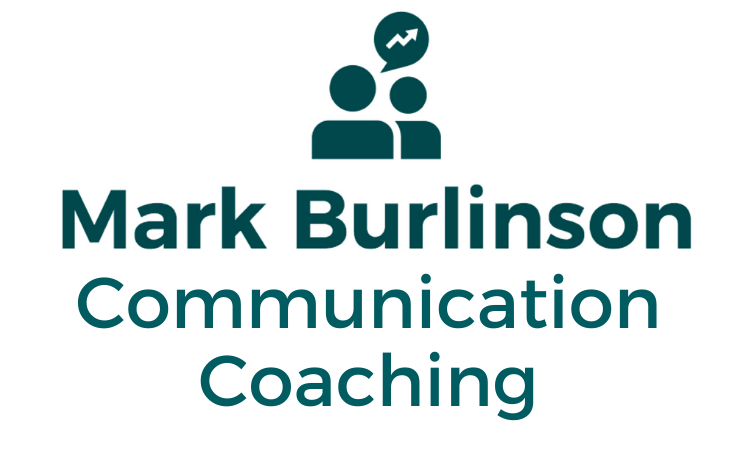Mixing and mastering: adjusting my communication to be heard and understood.
As I spoke with my friend, I could tell my words were falling on deaf ears. She did not understand me, and I felt powerless to adapt and connect.
Before I learned the Life Languages™ Communication IQ™ system, my grasp of communication science was slim. Thus, I struggled to be heard and to hear others accurately.
My preferred communication style distorted every interaction, like listening to music with the bass turned to maximum.
With a superior knowledge of the Life Languages™, I can now balance low-range, mid-range, and high-pitched languages in my profile to suit the hearer.
I was discussing this principle with a client recently. His first language is Mover™, and sometimes he struggles to fit into groups where more emotive and cognitive languages predominate because the lack of action and clarity is distressing for him. Fortunately, he understands this concept of mixing and mastering for balanced communication.
We studied his seven-language profile and saw that his high Mover™ would tend to screech in distress when emotive languages tended toward more talk than action. In contrast, his second solid language of Contemplator™ could sound like heavy bass beat to others if the group was not welcoming his depth of insight. He was experiencing high- and low-level distortion separating him from the group.
We took the analogy further, looking for mid-range languages to add to the interaction. We settled on speaking Shaper™ and Influencer™ to bring encouragement and patience while adding enthusiasm and planning to the process. Both are lower languages in his profile, but he has set out to utilize them in future group settings.
By adjusting his “mix,” he is “mastering” the sound of his communication to be received better by those around him.
How do you sound?

